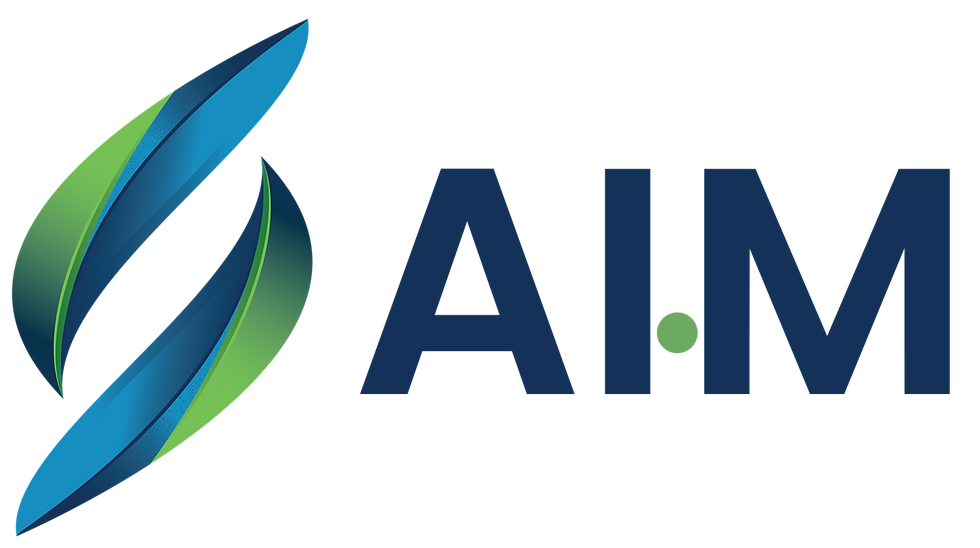How an automotive group accelerated growth after M&A
- Samantha Lagendijk

- Oct 10
- 3 min read
From integration to impact
A leading European automotive group merged with a Belgian EV components player and sought guidance for the post-M&A integration. The challenge: fragmented systems, cultural differences, and a lack of strategic alignment. Within 12 months, the organisation evolved from complex integration to strategic acceleration — achieving a 20% faster time-to-market and a unified performance culture.
This case shows how AIM helps organisations unlock the real value of M&A by aligning strategy, structure, and people — moving from integration to impact.
Context
The automotive industry is undergoing rapid transformation. Electrification, digitalisation, supply chain disruptions, and changing customer behaviour are putting traditional players under pressure. In this context, a European automotive group expanded into Belgium — and later across Europe — through a series of regional acquisitions.
What looked like a logical strategic move on paper soon revealed its complexity in practice: multiple IT systems, diverse corporate cultures, and clear differences between Dutch, Belgian, and other European management styles.
Challenge
Following the acquisition, the initial focus was on speed — harmonising systems, cutting costs, and seeking quick synergies. But the real challenge lay elsewhere. The organisation didn’t just need to become bigger; it needed to become stronger: one strategy, one structure, and one culture capable of sustaining growth.
Key questions emerged:
How do you maintain business continuity while restructuring 70% of the organisation?
Which people are essential for the future?
And how do you build a shared identity that transcends national and cultural boundaries?

Our Approach
1. Strategic focus: One direction, many realities
We began by redefining the growth trajectory. Instead of a traditional integration process, the priority was strategic alignment:
one integrated growth strategy with unified KPIs,
clarity on what made the new group distinctive, and
a clear connection between local autonomy and group direction.
This alignment provided not just focus, but decision-making confidence — guiding investment choices, role design, and strategic priorities across all entities.
2. Transformative structure: From fragmentation to cohesion
We designed an operating model that struck the right balance between central governance and local accountability. A Transformation PMO was established to coordinate priorities, track progress, and translate strategy into execution.
This made the transformation tangible:
central steering on impact,
decentralised ownership in execution,
and data-driven performance tracking.
The organisation evolved from a set of independent entities into a cohesive performance engine — without losing the agility of local teams.
3. Change & adoption: Growth through engagement
The human dimension was central to success. AIM guided leaders through critical personnel decisions — balancing respect, continuity, and future needs.
To accelerate collaboration, we introduced a buddy system pairing Dutch, Belgian, and European managers. This created mutual understanding, accelerated knowledge transfer, and enabled faster adoption of new ways of working.
In parallel, internal change agents and leaders were trained to embed the new behaviours into daily operations. The transformation wasn’t imposed — it was embraced.
Real post-merger value is not created by integration plans — it’s created by alignment, leadership and execution excellence
Results
Within twelve months, the organisation was not only fully integrated but also strategically focused. Decision-making became faster, time-to-market for new products decreased by 20%, and teams across Europe started operating with a shared language, rhythm, and performance mindset.
The merger became more than a reorganisation — it turned into a catalyst for sustainable growth and a benchmark for how the automotive sector transforms not only through technology, but through human leadership and strategic clarity.
Interested in unlocking more value from your next merger or acquisition?

